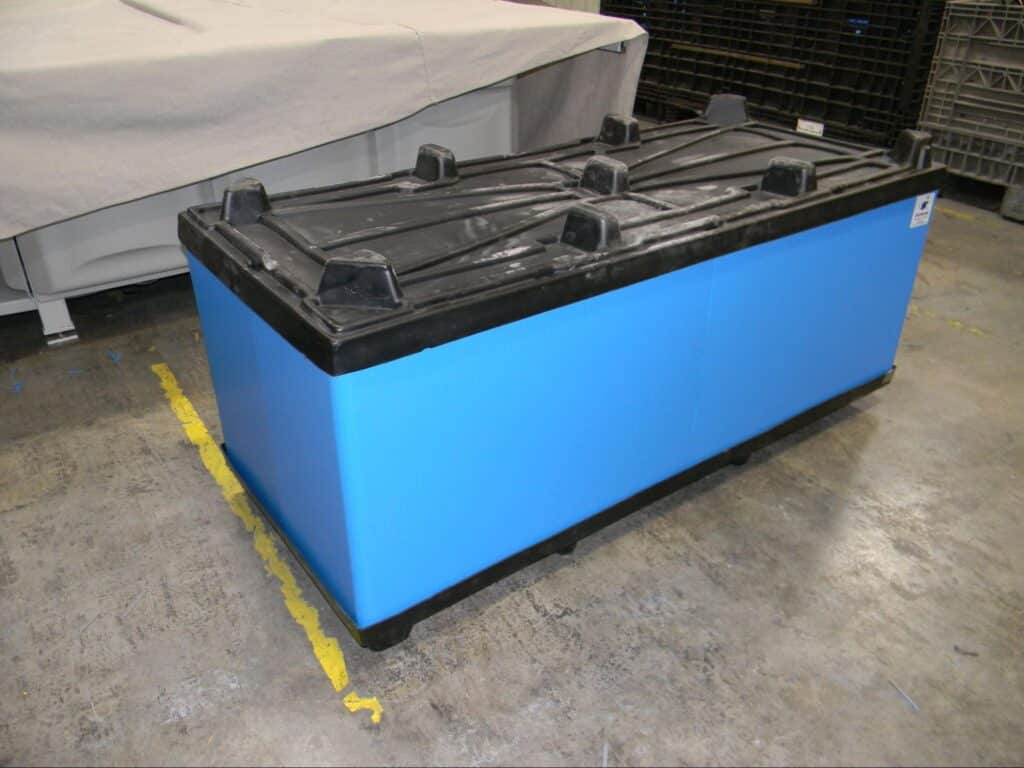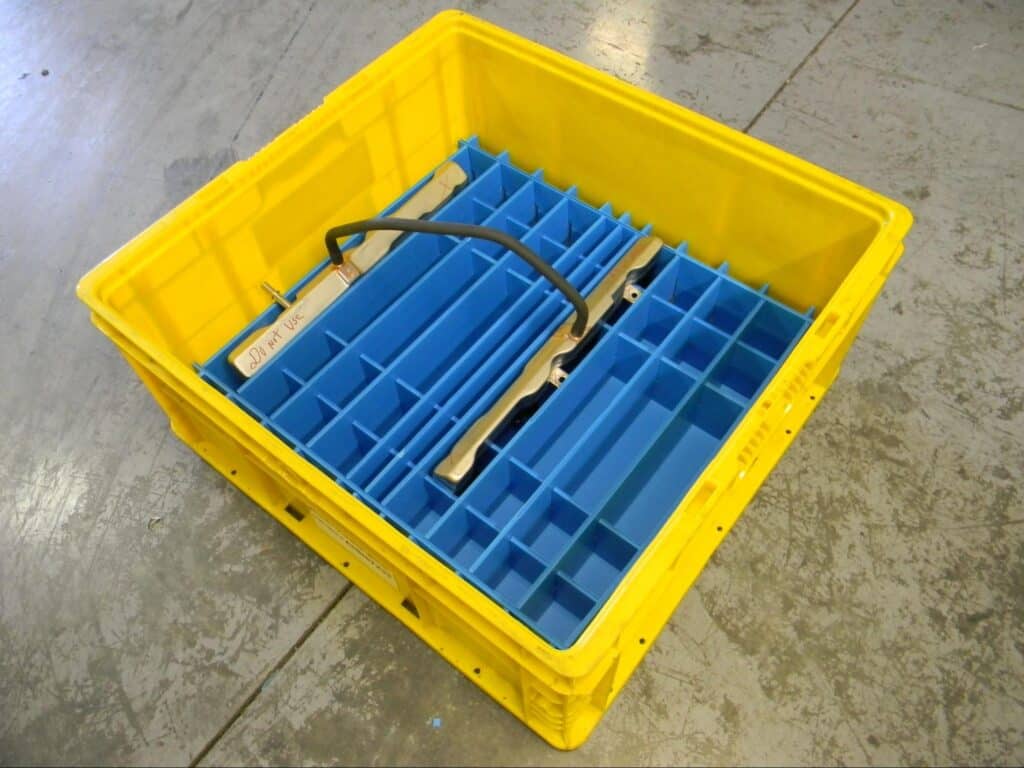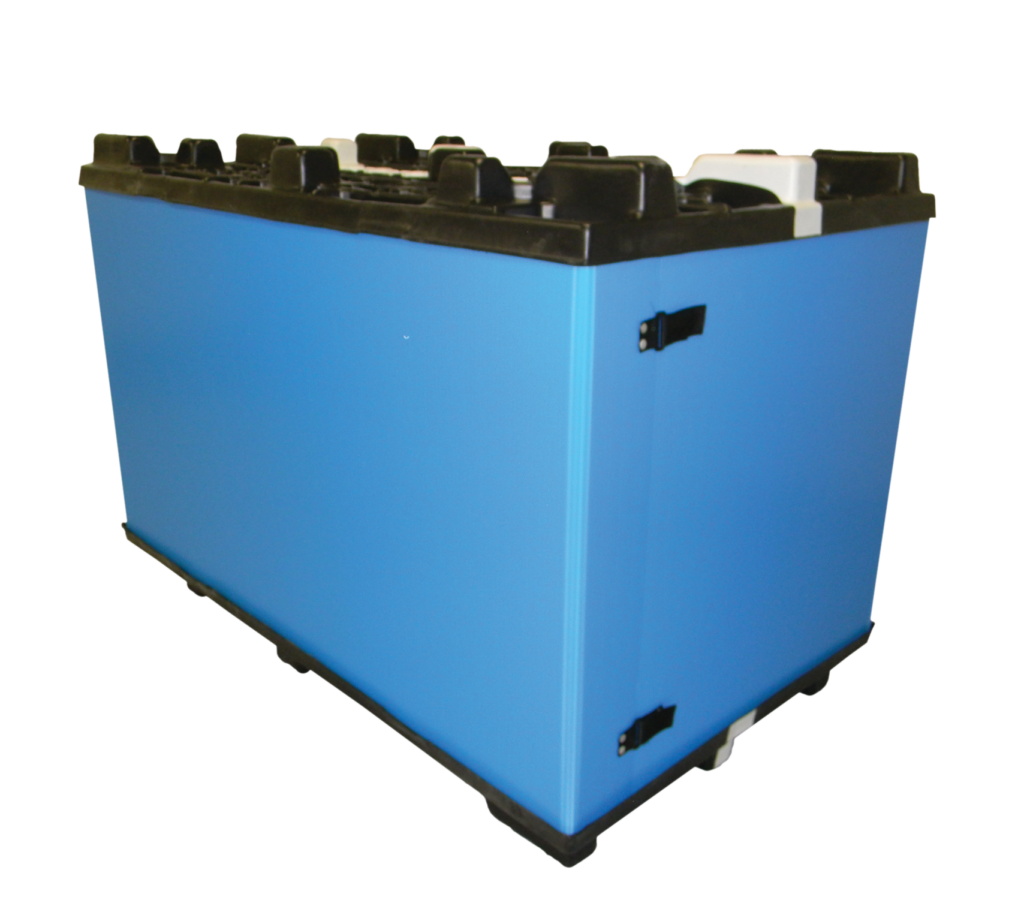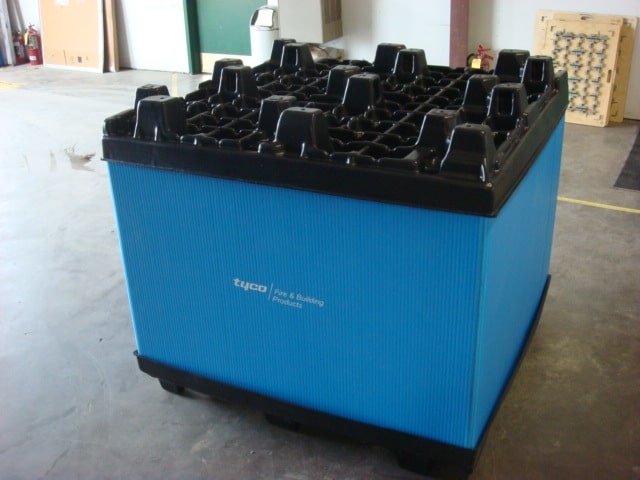Protective packaging is a strategic asset for any business that relies on the safe transportation and storage of goods. Far more than just a box or a filler, it is an engineered system designed to shield products from physical impacts, moisture, and contamination throughout the supply chain. This guide provides a comprehensive overview of protective packaging, from the main options available to practical advice for selecting the right solution.
Investing in the right protection is critical because damaged goods lead directly to returns, higher operational costs, and a tarnished brand reputation. High-quality packaging not only preserves product integrity and reinforces customer trust but also supports operational efficiency and ensures compliance with regulatory requirements in sensitive industries like medical and pharmaceuticals. In essence, it is a foundational component of a successful logistics strategy.
Exploring the Different Types of Protective Packaging Solutions
In broad terms, protective packaging can be created out of anything from corrugated paper cartons to the most complex die cut assembled into a steel rack. Various protective packaging solutions cater to the diverse needs of different industries:
Corrugated Plastic Containers
Lightweight and durable, corrugated plastic containers are resistant to moisture and abrasion. Their customizability makes them ideal for repeated handling and long-term storage.
Foam Assemblies and Pads
Foam products provide excellent cushioning and shock absorption, making them suitable for safeguarding delicate electronics and medical devices. Foam assemblies can be designed with custom-molded inserts to prevent movement during transit, reducing the risk of damage.
Steel Racks and Custom Dunnage
For heavy or bulky items, steel racks offer unbeatable strength and stability. Additionally, custom dunnage can be integrated to secure components and reduce shifting during transport.
Textile Dunnage and Sleeve Packs
These flexible, reusable solutions protect surfaces from scratches and abrasions. In many cases, textile dunnage is paired with sleeve packs to deliver both effective protection and efficient storage.
Expendable vs. Reusable Packaging
Expendable options, often referred to as expendable packaging, are cost-effective for short-term needs, while reusable packaging offers long-term savings and supports sustainability initiatives.
Features and Specifications of High-Quality Protective Packaging
When selecting protective packaging, key features to consider include:
- Robust Materials: Durable materials like high-grade plastics, foam, or metal ensure that packaging can withstand impacts, drops, and rough handling.
- Customizable Design: Packaging that adapts to product dimensions and specific vulnerabilities—whether through molded foam inserts or tailored container dimensions—optimizes protection.
- Reusability: Solutions built for multiple uses lower long-term operational costs and support environmental sustainability.
- Regulatory Compliance: For industries requiring strict standards (such as medical or food), packaging must meet specific safety, sterility, and quality regulations. Ensuring regulatory compliance is critical.
- Ease of Maintenance: Products designed for simple cleaning and repair extend the lifecycle of packaging assets, ensuring continuous protection with minimal downtime.
Benefits of Protective Packaging Across Industries

Protective packaging delivers clear benefits in nearly every industry:
- Automotive: It is essential for safeguarding intricate engine parts, glass panels, and sensitive electronics.
- Electronics: Anti-static materials and precise cushioning protect delicate circuit boards and devices, reducing breakage and costly returns.
- Medical and Pharmaceuticals: Strictly controlled packaging maintains sterility and ensures compliance with safety standards, crucial for patient well-being.
- Military: Robust solutions protect mission-critical supplies under extreme conditions.
- Construction and Appliances: Durable bulk containers and steel racks help manage oversized or irregular items, reducing transit damage and improving storage efficiency.
Across these applications, effective protective packaging minimizes losses, streamlines workflows, and strengthens the overall value proposition.
How to Choose the Right Protective Packaging for Your Business

Selecting the most suitable protective packaging involves several key steps:
- Assess Product Requirements: Evaluate characteristics such as size, weight, fragility, and shape. Heavier items may require robust solutions like steel racks, while sensitive products benefit from customized foam inserts.
- Examine Transportation Conditions: Consider factors such as long-distance shipping, exposure to harsh weather, and multiple handling points. Packaging must be engineered to counteract these challenges.
- Analyze the Cost-Benefit: The value of the product usually determines the price needed to create the appropriate amount of protective packaging. For instance, a $12.00 container with interiors isn’t feasible for a product valued at $2.00. Investing in appropriate protection prevents the much higher cost of reproducing and reshipping damaged goods.
- Weigh Cost vs. Long-Term Value: Compare expendable packaging suited to one-time shipments against reusable options that offer savings over time. Consider the total cost of ownership, including maintenance.
- Align with Sustainability Objectives: For environmentally conscious businesses, opt for recyclable or reusable packaging to reduce waste and support green initiatives.
- Consult Experts: Leverage the expertise of packaging professionals who can recommend tailored solutions, ensuring that your choices meet both operational needs and regulatory standards.
By carefully applying these guidelines, businesses can secure their products efficiently and cost-effectively, ensuring a smooth supply chain and enhanced customer satisfaction.
Emerging Trends in Protective Packaging
Technological advances and increasing sustainability concerns are driving innovation in protective packaging. Modern developments include smart packaging that monitors environmental conditions during transit and other innovations that improve product safety and operational efficiency. These trends not only safeguard products with real-time data and enhanced material performance but also contribute to a more sustainable, environmentally friendly supply chain.
Universal Package’s Protective Packaging Solutions
Universal Package offers a range of protective packaging products designed to meet diverse industry needs. Their solutions include:
- Custom Protective Options: The company provides corrugated plastic containers and foam assemblies tailored to precise product specifications. Steel racks and custom dunnage are available for heavy or bulky items, while textile dunnage combined with sleeve packs delivers flexible protection. We’ve packaged everything from large metal gear parts and delicate electronic components to high-gloss paint, chrome automotive grills, and gun barrels.
- Standard Products: For everyday applications, Universal Package supplies hand totes for smaller items and bulk containers for high-volume shipments.
- Support Services: In addition to product supply, Universal Package offers cleaning and repair services to maintain reusable packaging, plus lease and rental options for temporary or fluctuating requirements.
These offerings underline Universal Package’s commitment to quality, durability, and customer-focused customization, ensuring that businesses can optimize logistics and safely deliver products.
Frequently Asked Questions (FAQ)
What is protective packaging?
Protective packaging is a system of materials engineered to shield products from damage caused by impacts, moisture, and contamination during shipping and storage.
Why is protective packaging important?
It is vital for preventing product damage, which in turn reduces returns, lowers operational costs, and protects your brand’s reputation.
What are the main types of protective packaging?
Common types include corrugated plastic containers for durability, foam assemblies for cushioning delicate items, steel racks for heavy goods, and textile dunnage to prevent surface scratches.
What’s the difference between expendable and reusable packaging?
Expendable (single-use) packaging is designed for one-time shipments, while reusable packaging offers long-term cost savings and is more sustainable.
How do I choose the right protective packaging?
Assess your product’s fragility and size, consider the shipping conditions, balance costs with your product’s value, and align with your sustainability goals. When in doubt, consult an expert.
What are the latest trends in protective packaging?
The key trends are a focus on sustainable, eco-friendly materials and the development of “smart packaging,” which uses technology to monitor a product’s condition during transit.
The Strategic Importance of Protective Packaging
Protective packaging is an essential tool for ensuring product integrity, reducing costs, and maintaining customer trust. By understanding the different types of protective solutions, focusing on key quality features, and selecting products that align with specific operational needs, businesses can upgrade their logistics strategies significantly.
Universal Package provides a broad range of customized and standard solutions, supported by expert services, to meet the diverse demands of modern industries. Enhance your packaging strategy by exploring their industry-leading options. Reach out to Universal Package today to safeguard your products and optimize your supply chain.





